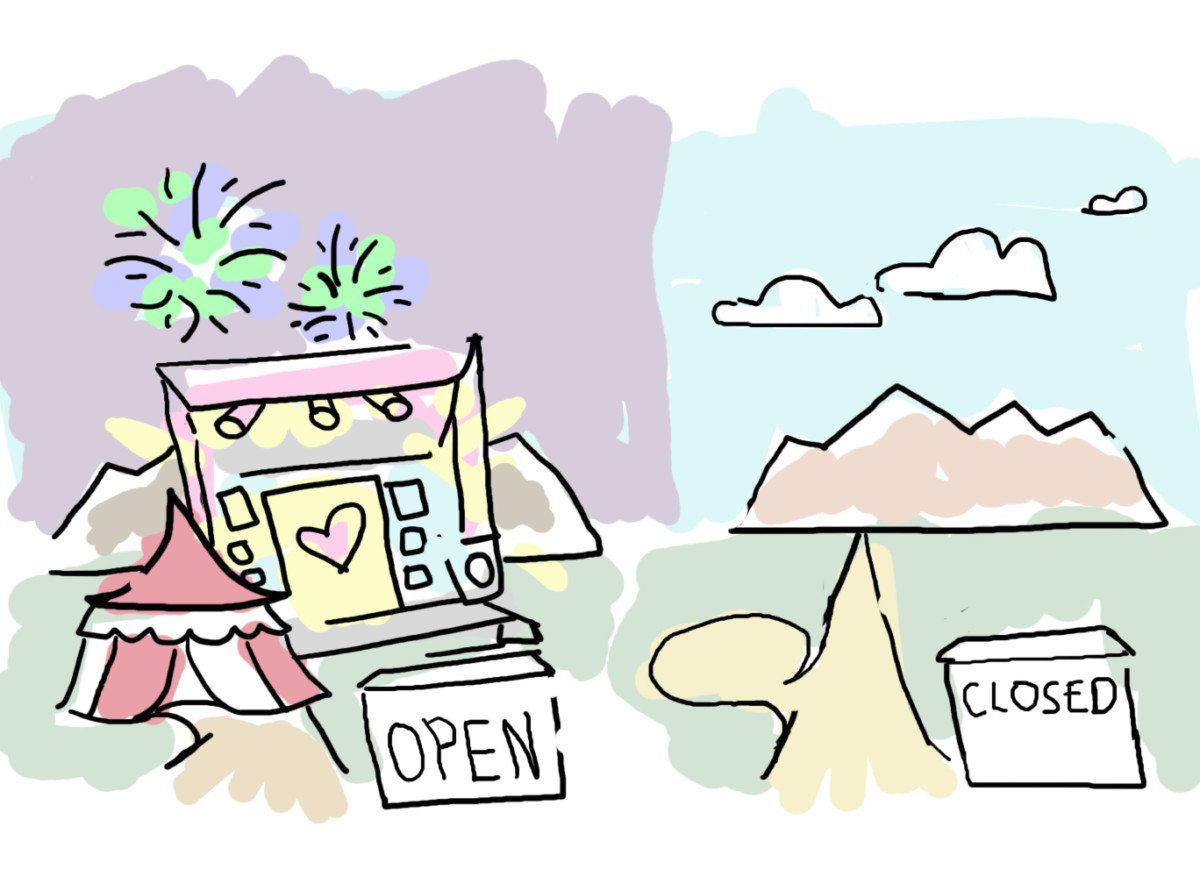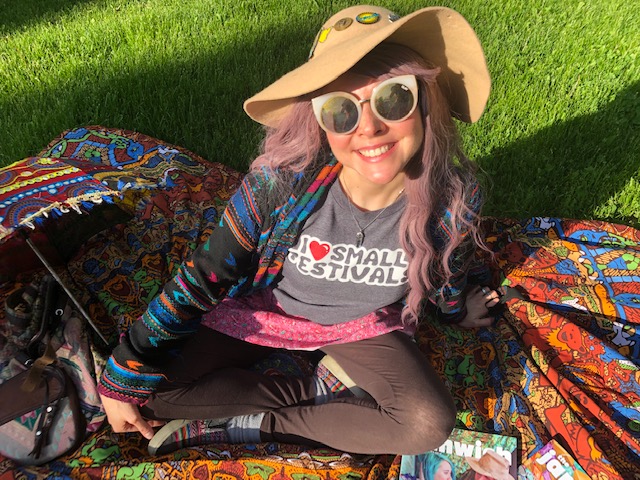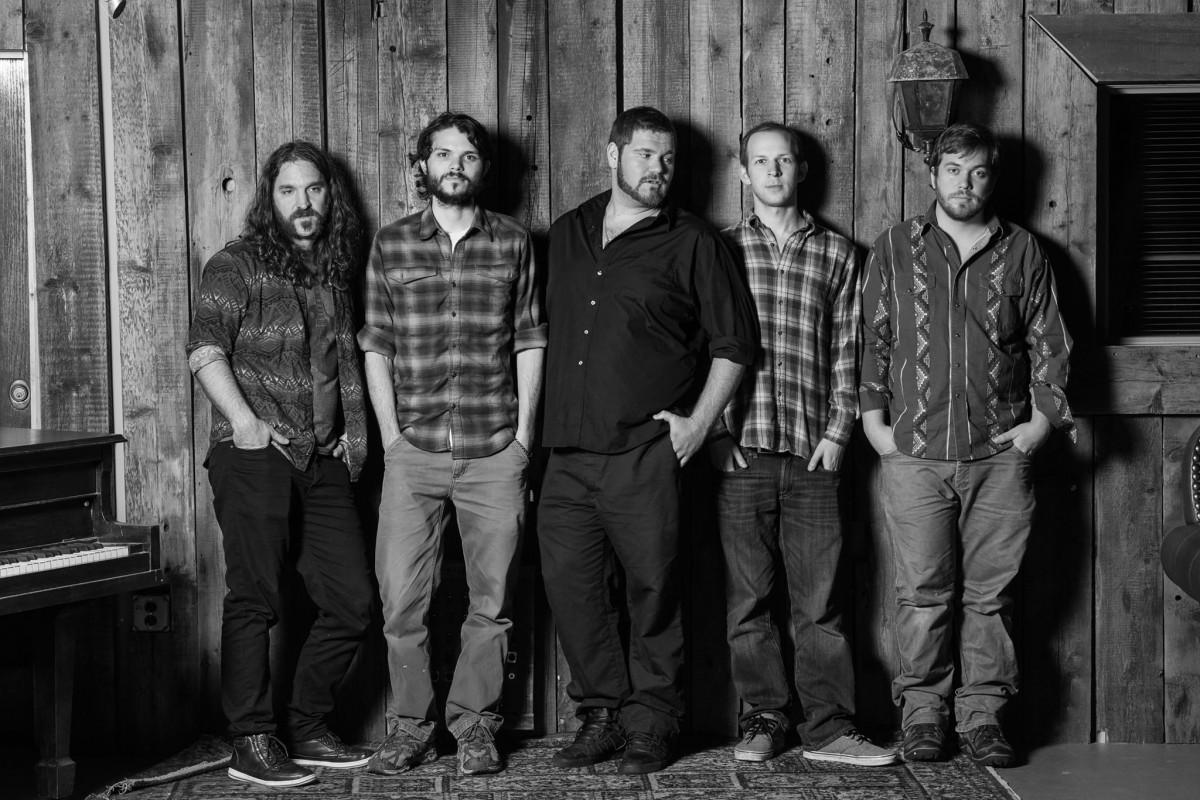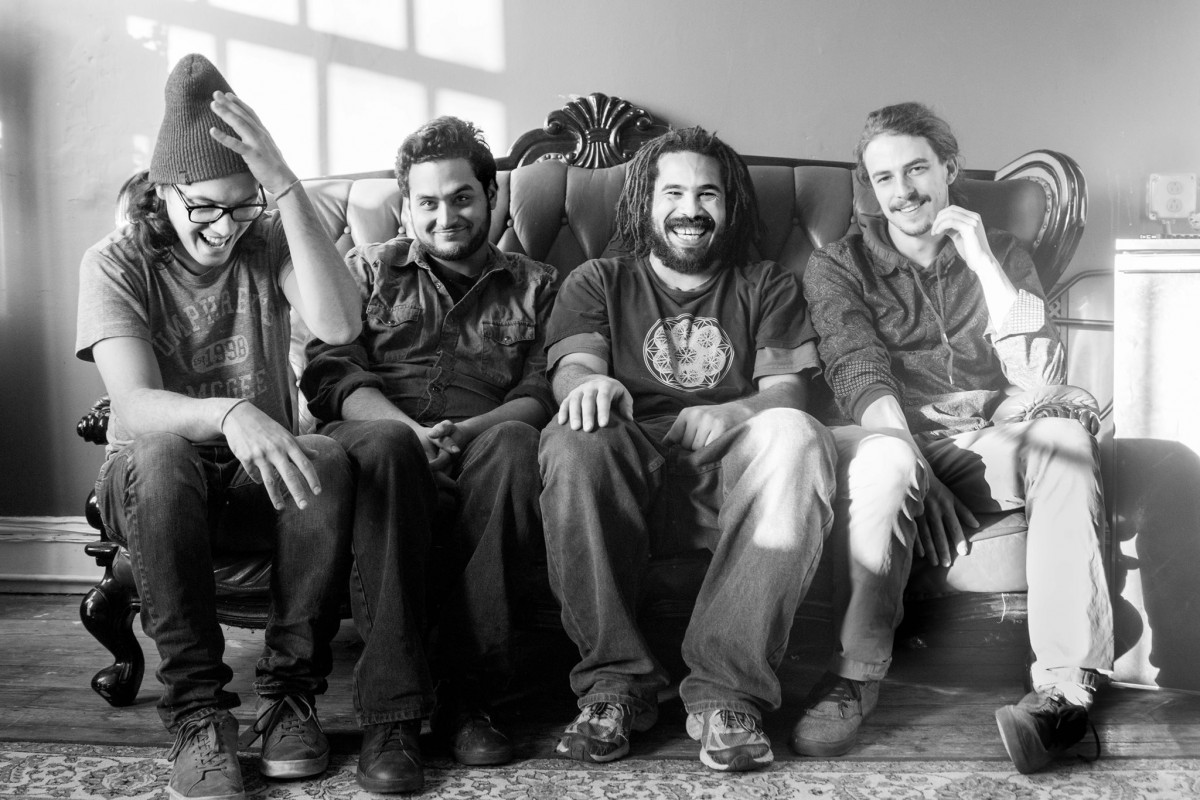This article was written in February 2018 and still rings true as the music festival industry changes. So much has changed within me since this article as well. I think back to the days when we first started this magazine, my heart and stomach leapt at a glimpse of a lineup poster for a festival. We were all riding a huge wave of momentous energy, every show lead to another live music experience, so many of them fresh and new. I can still feel that emotion within me, it never leaves, like the feeling of the first day of school. Though the festival industry may change, they will always stay because of the way they make us feel: free. Be grateful for the promoters and staff that create this utopian environment for us to escape to–all because they, like us, just want to live in a music festival forever. –Elise Olmstead
With many industries there is an ebb and flow of success, as supply and demand rises and falls. The music industry especially experiences cycles of trends and genre popularity, becoming wildly successful in rapid fashion, then often hitting a traumatic fall, often driven by partying or cultural backlash. Music has always been an uncontrollable fire of creative expression that drives people into a frenzy, then often right into a crash and burn.
When we first started the magazine, I was fully in love with music festivals. Taco had introduced me to this whole world of music when he brought me to All Good in 2008. The spectacle, the music, and the culture was completely world-shaking for me, and I was delighted to realize how many more bands there were to discover, more festivals to go to, and how far this rabbit hole could really go if I wanted it to. With both of us having full time jobs, the rabbit hole was unfortunately rather short, until we decided to start a music magazine and dedicate ourselves to the music full time.

Photo by August J Photography
This was 2012 – and there seemed to be no shortage of bands and artists to discover, and festivals to fill our pages. The next year in 2013 there were even more festivals. We went to them all–big and small–to meet new people and spread our magazine. Gathering of the Vibes was one of my favorite big festivals, and Camp Barefoot was my favorite small one. Camp Barefoot grew – as did a couple in that time period. All Good was going through a transition to a new venue in Legend Valley, and we had just organized our own festival, The Mad Tea Party Jam. A lot was going on in the festival industry and I had to hold on for dear life as we took the ride.
In line at Gathering of the Vibes that year, we ran into a friend from Baltimore and decided to carpool in and camp together. He had just traveled with his friends from Camp Bisco the weekend before, and somehow was still smiling with all of the energy of a kid on Christmas morning. If you’ve never camped with a jolly menagerie of Biscuit kids, I’ll tell you it’s bucket list material. These kids just didn’t stop. That was the general feeling of the average festival fan in these days. Designing and selling pins was on the rise and becoming a lucrative business model. There were plenty of odd jobs to be filled or volunteering to do for a free ticket. We saw the same faces weekend after weekend, and everyone was so excited to be there.
The festival market at once became saturated, an overwhelming amount of them happening on every single weekend. The music fan could now be incredibly choosy over a variety of factors — mostly being the bands on the lineup. During this time, the lineup was king, and we felt the pressure to book more bands and popular bands. In 2013, LOCKN’ became a new festival with a lineup to reign over them all. We knew at the time of LOCKN’s inception, that it would change the shape of the festival community, but little did we know quite how much it would affect us. Peach Festival was gaining bigger headliners, while Bonnaroo was booking acts like Wu-Tang Clan and Daniel Tosh. This mega-festival trend continues to this day, with Electric Forest selling out before lineup announce and expanding to two weeks, and Lockn’ booking arguably the biggest headliner to date – Dead & Company. But back to 2013– the big was getting bigger and the small was getting bigger, too! Oh what a time, when wallets weren’t yet empty and lineup flyers were fat.

Elise and Taco Olmstead at Rooster Walk. Photo by Roger Gupta.
Every weekend it was a new opportunity to pick your festival flavor. Eventually, many festivals had very similar lineups as a consequence, then the live-and-die-by-the-lineup sentiment quickly turned a corner. With so many to choose from, music fans were able to pick their choice based on more factors than just the music, including the venue, location, and overall experience. We saw an increasing number of “transformational” festivals come about, as ticket buyers wanted to experience art and workshops along with the music–more than just a lineup and a field. They wanted a vibe, an intention, and a community they identified with. This transition certainly started separating the wheat from the chaff of the festival world.
In 2015 I started to see a decline. Bear Creek was gone, and Gratifly met a sad end as well. In 2016, it was Camp Barefoot‘s last year, Aura‘s last year, All Good‘s announced retirement, and the end to many other festivals big and small. In 2017 more festivals did not announce any dates, leaving many wondering if it was a hiatus or a final end, including the beloved festivals Catskill Chill and Kinnection Campout (which did triumphantly return in 2018, but has not announced dates for 2019). In 2018 there has been a further decline. Our festival, The Mad Tea Party Jam, did not escape unscathed. It, too, was cancelled without any further plans to continue.
What is the reason for this recent rapid fall we wonder? Some of it simply may be, that we are growing up. I am no longer seeing the overwhelming number of those same smiling festival attendees every weekend. Many of the people that I traveled with and saw every weekend were pursuing a career within the industry that maybe didn’t work out. Some of my comrades are advancing quite well in their careers, but for others their energy or money ran out before they could reach the goal. Traveling to music festivals can be expensive and exhausting, and only truly hardy souls can take the beating that working a festival can give you. Extreme weather and primitive conditions wear down on even the festival attendees, and pin sales and grilled cheeses aren’t paying the bills anymore.
So we’ve grown up, the festival economy is no longer flourishing (the regular economy still isn’t flourishing), and once enthusiastic festival fans are seeking some more financial stability. This results in simply staying home more often. Combine that with the touring of mega-bands Phish and Dead & Company in recent years, and you see some music fans buying less tickets, to bigger shows. There’s no fan base that runs deeper than the Grateful Dead fan base, except maybe the Phish fans. This has resulted in many fans going to shows instead of festivals, or festivals with the biggest names on the lineup in order to get more bang for their buck. There is only so much money in the “pool” to be spent, so as ticket prices go up, and paychecks stay relatively the same, ticket buyers have to pick and choose how to spend their money.

Pigeons Playing Ping Pong at LOCKN. Photo by Roger Gupta.
The big festivals know they’re value in this regard, as they should. They still reign as kings on the basis of lineup, and have been inflating the amount of big name bands, as well as the mainstream-ness of the bands, over the years to the point where they might have trouble topping themselves in future years. Not only do they have these mega-headliners — they have the small and mid-level “hot” bands on the scene, too– many who Jamwich has loved watched grow over the years. Their growing following is undeniable and the big fests want those fan bases, too, in addition to the Widespread Panic or Dead fans. Big, small, they’ve got it all, baby. Their goal is to be the only festival that the ticket buyer will need to give their money to that summer.
The goal is not just to be the only festival that ticket-buyers spend their dollars on, it’s quite deliberately to squash out any competition.
This sort of competitive mindset, when backed by big dollars, results in bands or artists being “bought out” (offered more money) by large or commercial festivals. Besides just buying out the artists, big festivals include radius clauses that prohibit the bands from playing in the surrounding area during a certain time frame. These radius clauses can span hundreds of miles, and a full festival season from Spring to Fall. Even the smaller bands on the lineup fall under these rules in the contract, making it impossible for them to be booked at other festivals included in the specified area. In 2019 I would like to note, that even the “small” or “mid-level” festivals are starting to use these practices as the market becomes more competitive.
A positive way to look at this changing industry, though, is the potential advantage of having less festivals. The over-saturation of the market spread the ticket buyers too thin, making it hard for anyone to succeed. So now that we have less festivals, of all sizes, the odds for success seem better, right? Small and mid-level festivals, I think are still in danger of the ticket money pool and headlining bands being ate up by the mega-shows and mega-festivals before they can draw from the pot.
When we watch a rise, fall, and decline in trends, especially pertaining to live music and music festivals, there’s where that damn “bubble” imagery comes from. But instead of a bubble, I like to picture it as a city getting bigger and successful, paving parking lots over fields where stubborn weeds still try to grow. What was lesser known, independent and underground, becomes more popular, and more popular, until someone sees the potential to make it grow into the mainstream. And as that trend looms high as a sky rise building–casting a massive, corporate and shining shadow, there will be something growing at its outskirts. Those damn stubborn daisies are sticking through the cracks. These feisty flowers are a grassroots scene and community who reject the corporate experience in favor of values of love, freedom, and contribution. This grassroots scene may one day, also grow up to be a big city, but always the cycle continues. The concrete crumbles, the grass grows once again.

Taco and Elise Olmstead and friends at Domefest. Photo by Roger Gupta.
If you’re like me, and your best memories were at small festivals during a whirlwind non-stop tour, we simply have to remember why we love these more intimate events. For a while, the overall experience a festival could offer was as important than the lineup, and somewhere we lost that along the way. We need to take a moment and shoot back to 2012, when we were wild and carefree. There was no shortage of new and beautiful music, fresh faces, mind-blowing art, creative hat pins, heady flat brims, and weekend after weekend just feeling like you are in a fantasy world with your friends. At Mantrabash 2014, I ran into Matthew Volkes from People’s Blues of Richmond, and he said “Do you ever feel like festivals are actually the real world, and the other world is the one that isn’t real? Because every weekend, you’re back with all of your friends again at a festival.”
The friends we made became family, the love and enthusiasm we had for each other was sometimes overwhelming. I remember being so excited, feeling like I was part of this community and shaping these festival experiences. We were able to meet and party with members of bands, become friends with all of the staff, and even make a little extra dough with poster sales. I have treasures, pictures, and memories from this time that are more valuable to me than gold.
We just need to remember what it was that made us fall in love with this culture and community. The smaller events are where culture is at the forefront, and the experience and vibe is what really shines. This doesn’t mean big festivals are bad — just a different experience. You buy the ticket, and you take the ride, I know that much. I know that while a market rises and falls, ebbs and flows, it will never fade away as long as we keep our boots on the ground. We need to stick together and support each other as much as possible. Just as we love and advocate music and art, we are purveyors of culture and seek to protect the sacred that we see in small events cultivating the community. If you don’t wish to see the small festival market to disappear, make sure to participate. I love small festivals because it’s my home, why are small festivals important to you?
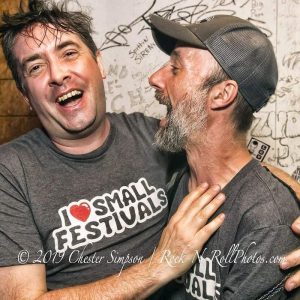
Jeff Austin and Danny Moore (organizer of Sleepy Creek presents events) wearing their I Love Small Festivals shirts at Spring Dig. Photo by Chester Simpson.
Buy your own I Love Small Festivals shirt!
WIN FREE FESTIVAL TICKETS!
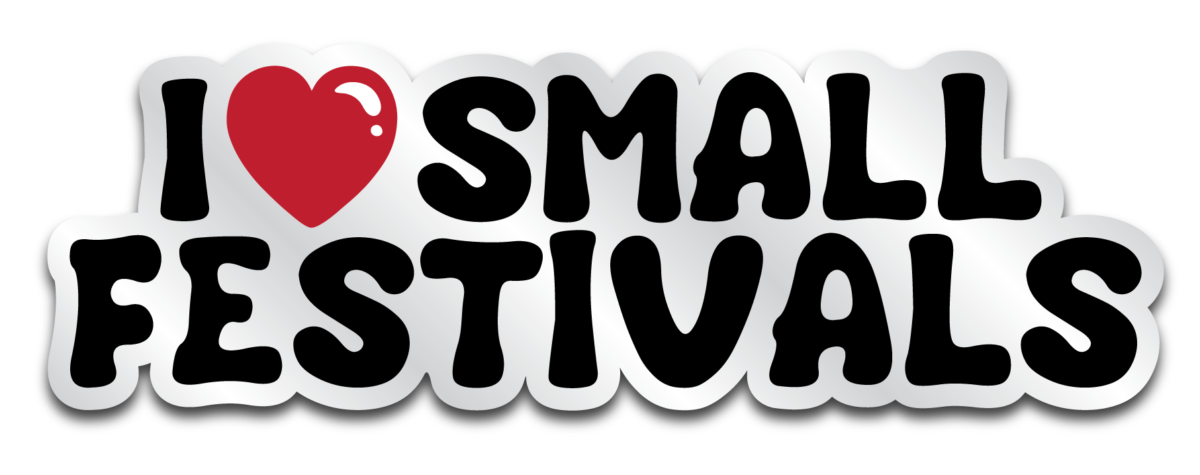
Click here to buy the I Love Small Festivals hat pin (pre-sale).
When you buy the I Love Small Festivals hat pin you are entered to win a different festival ticket every month, including:
Yonderville Music Festival
Werk Out Music and Arts Festival
VIP Ticket to Resonance Music Festival
Pasture Palooza Festival

